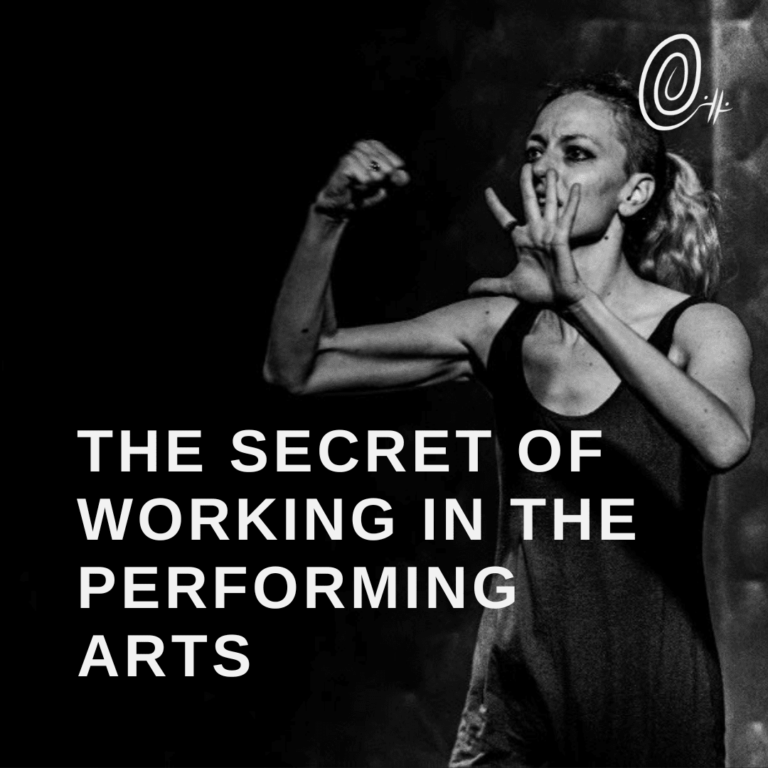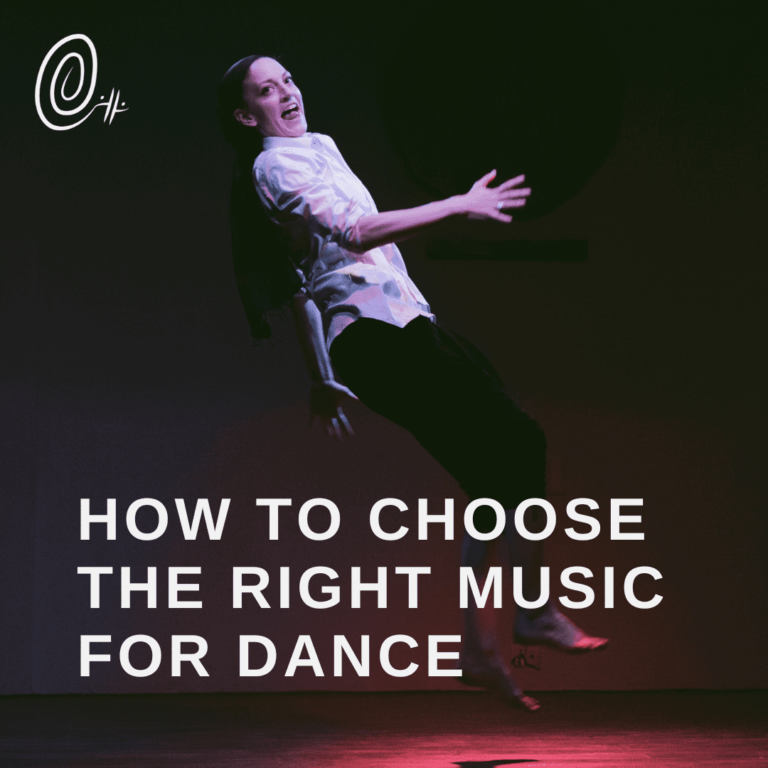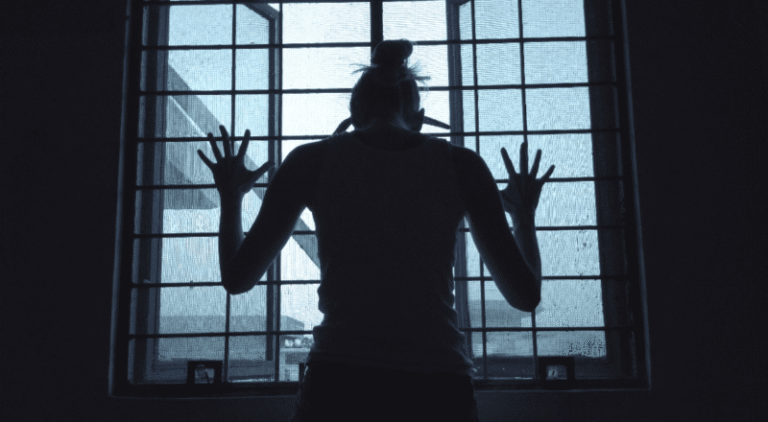Dance Fitness vs Dance Performance
Over the years there have been various dance fitness crazes. From Five Rhythms to Zumba, there’s always some new version of moving to music that the fitness world has picked up. It makes sense, after all, it’s lot more fun to jive to the beat than squats. Dance performance, on the other hand, seems to occupy a whole other world. While we do think of dancers as fit, the focus is much more on the output and aesthetics.
Still, dance fitness and dance performance actually do overlap in some ways, even though a gym and the stage might be the Moon and Mars for the different worlds they inhabit. You can find both of them in some dance studios, for one! Dance studios, even if they focus on technical classes, often offer fitness based courses such as conditioning or floor barre.
We’ll look at the interplay of these two forms and also discuss which one to choose if you’re interested in getting into dance generally.
Different Approaches for Different Goals
The main differences between dance fitness and dance performance are generally to be found in their approach to technique. Dance fitness prioritizes movement over technique. As long as you’re moving and following the beat, you’re doing it right. Performance is of course the opposite. Here, technique is much more important, and dancers train specifically to achieve a higher level of technique. Strength and flexibility lead to better technique for performance. In fitness, strength and flexibility are themselves the goal.
We can’t say that dance fitness has no technique, however. Zumba does have its own style and way of moving. Five Rhythms does have a certain technique around musicality and expression. Remember, technique is not always putting your leg higher or spinning five times! It can describe a system of moving and approaching movement as well. Also, part of the fun and attraction of dance fitness is the promise of being able to move a bit more freely! Who doesn’t want to show off a little bit on the dance floor, right?
Likewise, fitness is a key part of a dancer’s life. Technique classes are prefaced and ended (and sometimes involve) dedicated exercises for fitness. When I danced in South Korea, for example, I used to train with a company called Trust Dance Theatre. The morning class was 2.5-3 hours and began with Pilates and involved a whole section for planks and pushups, as well as a section around running. I have never been in better shape in my life! But more importantly, it helped me enormously as a dancer as well. I realized that in the past the things I thought my body just couldn’t do was actually due to a lack of proper training, not a lack of ability. That was a revelation, as I thought I was training!
Floor Barre: The Perfect Crossover for Dance Fitness
Although dance fitness and dance performance seem to circle around each other as complementary partners, they come together beautifully in what’s called “Floor Barre.” These are essentially exercises drawn from the traditional exercises done “at the barre” in classical ballet, but executed while lying on the floor.
Of course, many people add in their own twists, blending in Pilates, contemporary, and other bits. I do my own version which I’m sure is quite different from other traditional classes. However, this is a place where the goals of dance fitness with the technique of dance performance seem to come together.
Many dance studios offer Floor Barre as a regular part of their offerings. Indeed, some dance studios also offer a dance fitness barre class which is not on the floor. It’s at the barre like a traditional ballet barre, except that it is specifically modified to cater to the needs of the dance fitness community.
Which One is Right For You?
While some might scoff at this question as the two forms are so different, the truth is that it’s not quite so simple. If you are interested in taking dance classes or improving your dance ability, either one could work. You don’t have to be a professional to enjoy taking technical dance classes aimed at people preparing for performance, and you might even want to be part of a recital every now and then. But you could also improve your rhythm and ability through a dance fitness class as well.
So, which to choose? My advice is that it comes down to what you want to spend your time in class doing. If you are interested in the more specific, technical-based exercises that also help you get fit, that’s more dance technique or dance performance based training. But if you just want to move around and have a good time, dance fitness is a better option.
And, to be honest – why choose? You can always do both. There’s no law that the two are mutually exclusive, and each benefits in its own way. Just check out your local dance studio and see what sparks your fancy!







